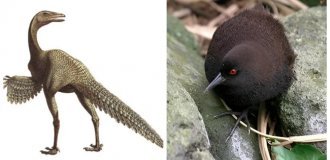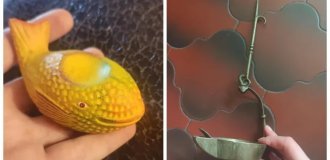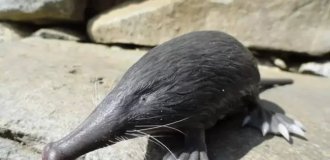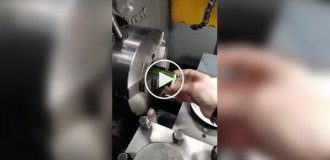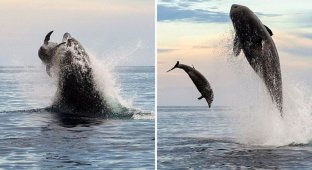What happened to the most famous killer whale in the world (6 photos)
In 1979, a two-year-old male was caught off the coast of Iceland. killer whales named Keiko and placed him in the local aquarium. After several years of living in the Icelandic Aquarium, Keiko was bought out Canadian Oceanarium and delivered to Ontario. 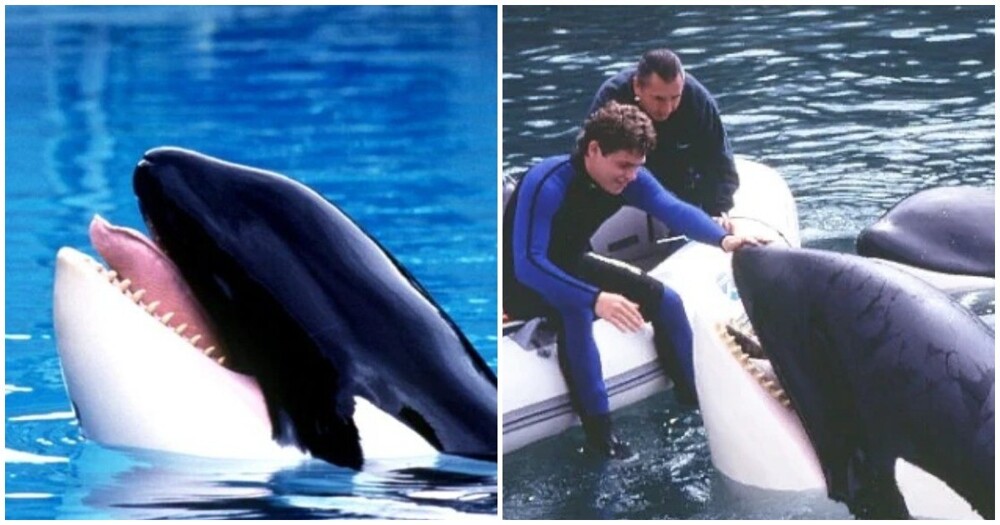
But his stay there turned out to be terrible because of the constant harassment of Keiko by elderly female killer whales who have lived there for many years. IN As a result, in 1985 Keiko was sold to an amusement park in the United States. 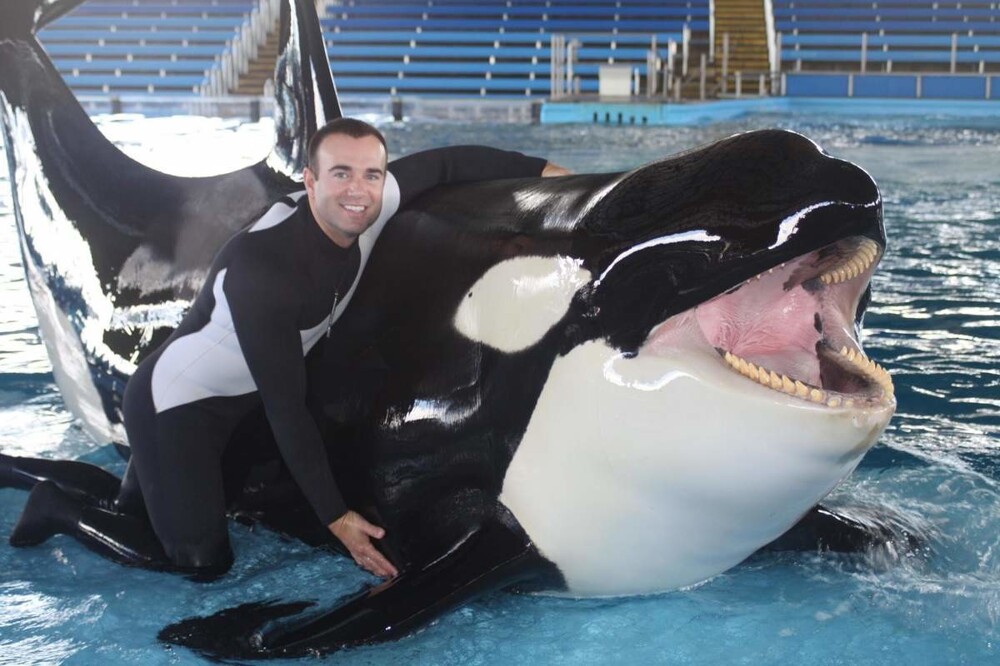
The conditions provided in the park were absolutely unsuitable for killer whale life. Keiko lived in a pool intended for dolphins. Its dorsal fin always protruded from the water, and its tail touched the bottom. Moreover, ordinary tap water was poured into the pool. chlorinated water to which table salt was added. After 11 years being in captivity, Keiko's health was seriously undermined. He significantly lost weight, and contact with chlorine contributed to progression of the skin disease. 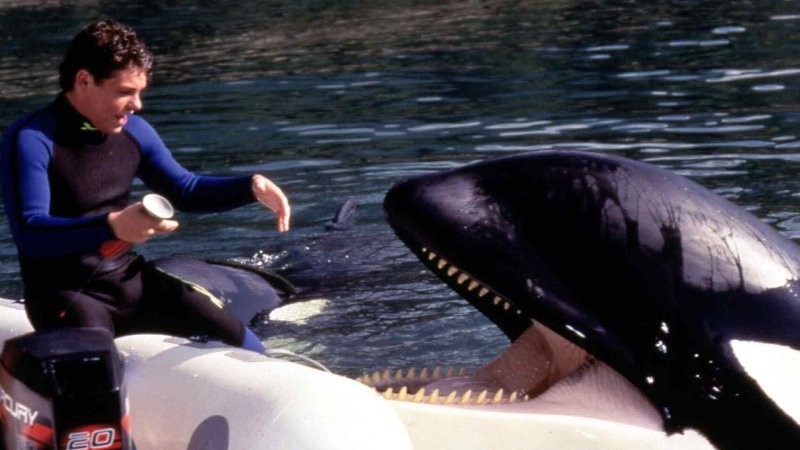
In 1992, Keiko starred in the film Free Willy", which turned out to be fateful for the killer whale. The film told the story of a trainer who frees Willy the killer whale. This story touched hearts of people, especially children, and aroused their interest in real Keiko's conditions of detention. Thousands of letters have been sent asking release Keiko. 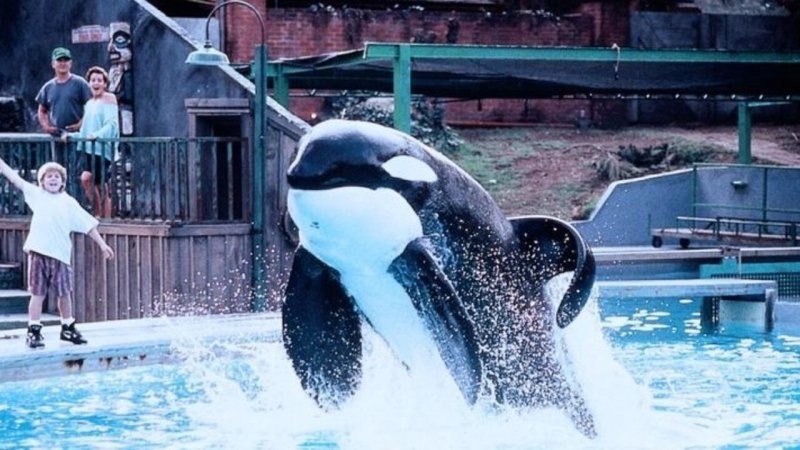
As a result of the joint efforts of Warner Brothers, Humane Society and billionaire Craig McCaw built a huge artificial a reservoir of ocean water on the Oregon coast, worth 7,300,000 dollars. Here Keiko learned to hunt live fish, dive and hold your breath for more than two minutes - the skills with which he did not have before. To facilitate socialization, Keiko was provided with big TV so he can watch and listen to others representatives of their species. 
In 1998, the scientists working with Keiko decided to move him in the native waters of Iceland, in the bay of Kleitzvik, where he was caught. For smooth adjustment they created a fenced paddock and spent training to adapt. In 2001 the paddock was opened, but, despite the freedom granted, Keiko several times was returning back. In 2002, he finally decided on his first independent travel. He swam over a thousand kilometers, reached Norway and socialized with other killer whales, but always preferred the company people, swimming as close as possible to them. 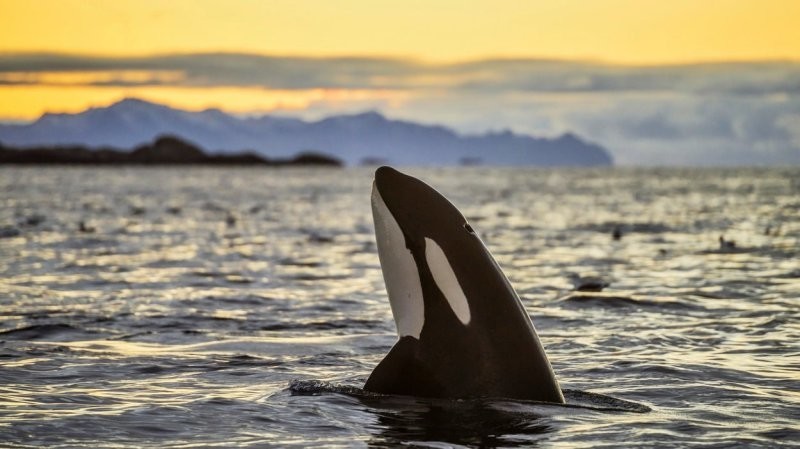
On December 12, 2003, Keiko's lifeless body was found in bay. The cause of his death was pneumonia. Keiko was buried on dry land on the edge of the Norwegian fjord.
Unfortunately, Keiko lived a very short life, because females killer whales in the wild can live up to 90 years, and males - more than 60 years.
